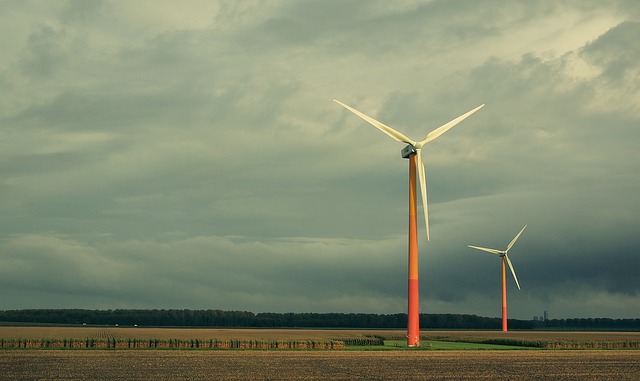International Energy Agency defines renewable energy as the energy derived from natural processes that are replenished constantly. In its various forms, it derives directly from the sun, or from heat generated deep within the earth. Included in the definition is electricity and heat generated from solar, wind, ocean, hydropower, biomass, geothermal resources, and biofuels and hydrogen derived from renewable resources such as sunlight, wind, rain, tides and geothermal heat.
Sun is the ultimate of all the source of energy. Renewable energy can be obtained from the same source for a long period of time without depleting a source. For example solar energy can be obtained continuous from the sun without depleting the source. This is in contrast to the non-renewable or commercial forms of energy such as oil and gas. The more they are extracted, the more will be the reduction in source.
A growing body of scientific evidences has demonstrated that the heavy reliance on fossil fuels or commercial form of energy is destabilizing the climate. Emission resulting from the combustion of fossil fuels such as coal, oil, and gases are responsible for the emission of Greenhouse gases. Green house gases (GHGs) in turn are responsible for heat imbalance of the earth resulting climate change. Climate change is the burning environmental issues. On the other hand, energy produced by renewable sources greatly reduces greenhouse gas emissions relative to energy produced from burning fossil fuels.
Global environmental concerns, the depletion of the earth’s finite resources and economic considerations are all incentives to interest consumers in renewable. Although renewable cannot yet replace all existing energy sources, they can supplement power generated by utilities and increase the diversity of our energy supply. Global climate change due to pollution and the effects of pollution on the environment have become major environmental issues since the Rio Summit in 1992.
Article Source: http://EzineArticles.com/2567083
.






comments (0)